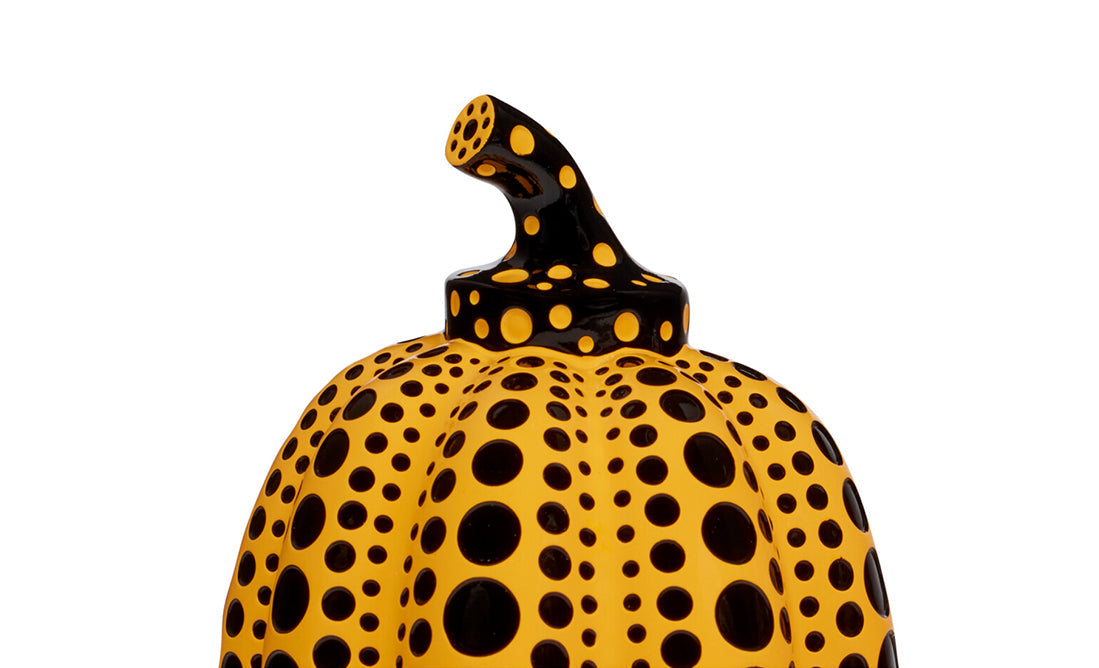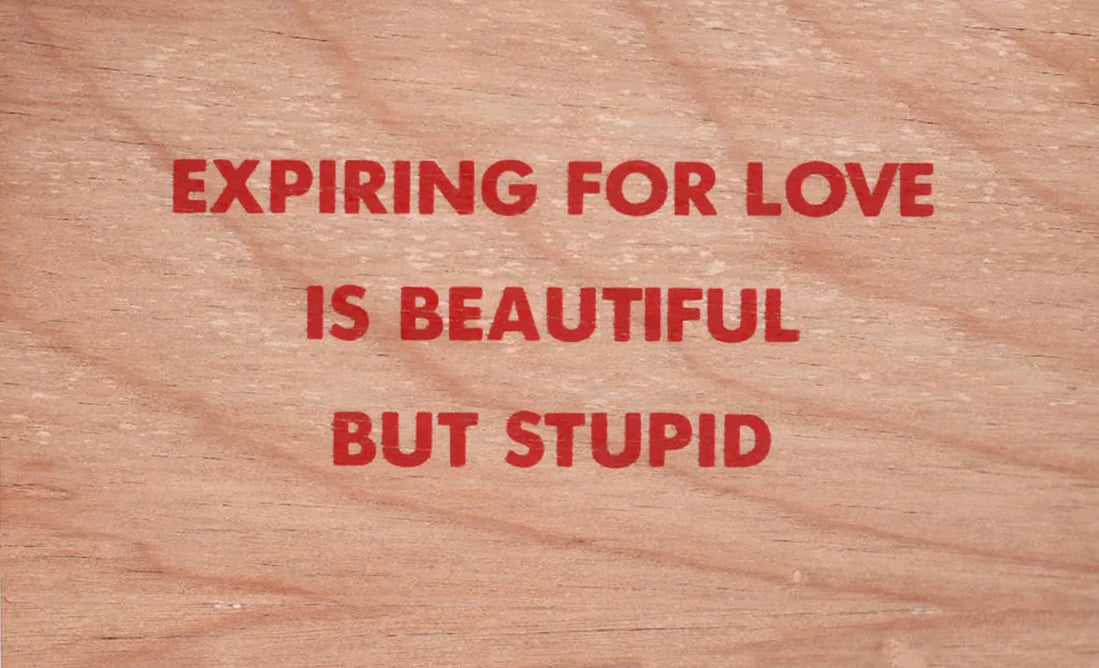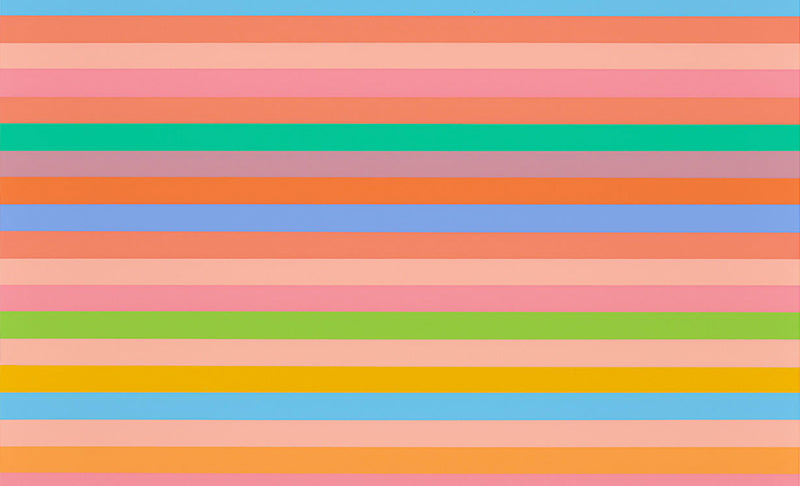Yayoi Kusama, one of the most celebrated and enigmatic artists of our time, has captivated audiences across the globe with her immersive installations, obsessive patterns, and singular aesthetic vision. Among the most enduring and beloved motifs in her vast body of work is the pumpkin—a form that is both whimsical and deeply personal. Through sculpture, painting, and printmaking, Kusama’s pumpkins have come to embody her artistic identity, offering viewers a portal into her lifelong exploration of self, repetition, and the infinite.

Yayoi Kusama: I Spend Each Day Embracing Flowers | David Zwirner
The Pumpkin as Personal Icon
Kusama’s fascination with pumpkins began in childhood. Growing up in rural Japan, she found comfort in their bulbous forms and earthy presence, describing them as “humble” and “generous.” Over time, the pumpkin evolved from childhood memory into a potent symbol within her visual language—a recurring figure that anchors her explorations of obsession, anxiety, and pattern. Far from being a quirky motif, the pumpkin is a deeply embedded emblem of psychological stability and creative resilience.
Repetition and the Polka Dot Universe
What distinguishes Kusama’s pumpkins is not just their shape, but the hypnotic surface patterns that envelop them. Covered in nets of polka dots—her signature visual element—these pumpkins seem to pulse with energy, suspended between playfulness and compulsive order. The dots, which Kusama has described as a way of “self-obliteration,” dissolve the boundary between object and environment. They serve as both decoration and a declaration: that individuality can be both celebrated and transcended through repetition.
In her screenprints, sculptures, and large-scale installations, Kusama’s pumpkins often inhabit surreal, infinite spaces. Their glowing forms, amplified by mirrored surroundings or vivid colour palettes, transform a humble gourd into an icon of the subconscious.
 Pumpkin Cast Resin Figure Set, 2015
Pumpkin Cast Resin Figure Set, 2015
Materiality and Medium
Kusama has rendered her pumpkins in a wide variety of mediums, from small-scale prints on delicate paper to monumental outdoor sculptures. In her 2D works—particularly her silkscreen prints—she often uses striking contrasts: vivid yellows against deep blacks, or fiery reds on stark whites. The texture and density of the dots vary across the surface, giving the pumpkins an almost kinetic energy. These works are both decorative and deeply symbolic, merging traditional Japanese woodblock sensibilities with a distinctly modern, avant-garde touch.
Playful Form, Serious Intent
While Kusama’s pumpkins may appear joyful or even cartoonish at first glance, they are underpinned by complex emotional and psychological themes. Her artistic practice is rooted in lived experience—specifically her lifelong struggles with mental illness and hallucinations. The act of painting repetitive patterns and forms is both therapeutic and philosophical, a method for imposing order on chaos. The pumpkin becomes a quiet companion in this process—a familiar, friendly figure that provides both structure and solace.
Global Impact and Cultural Resonance
Over the decades, Kusama’s pumpkins have become some of the most recognisable and beloved symbols in contemporary art. From museums and art fairs to Instagram feeds and public parks, these forms have traveled far beyond the studio. Their popularity reflects not just Kusama’s genius for branding and visual appeal, but a deeper, more universal connection. In their simplicity and strangeness, her pumpkins speak to ideas of memory, impermanence, and identity—resonating with viewers across cultures and generations.
Conclusion
In conclusion, Yayoi Kusama’s pumpkins are far more than charming curiosities. They are vessels of meaning—at once playful and profound, decorative and deeply autobiographical. Through the rhythmic use of pattern, colour, and form, Kusama transforms the ordinary into the extraordinary. Her pumpkins stand as timeless emblems of her artistic philosophy: that repetition can be a source of healing, and that even the most familiar forms can reveal the infinite when seen through a new lens.





Leave a comment
This site is protected by hCaptcha and the hCaptcha Privacy Policy and Terms of Service apply.